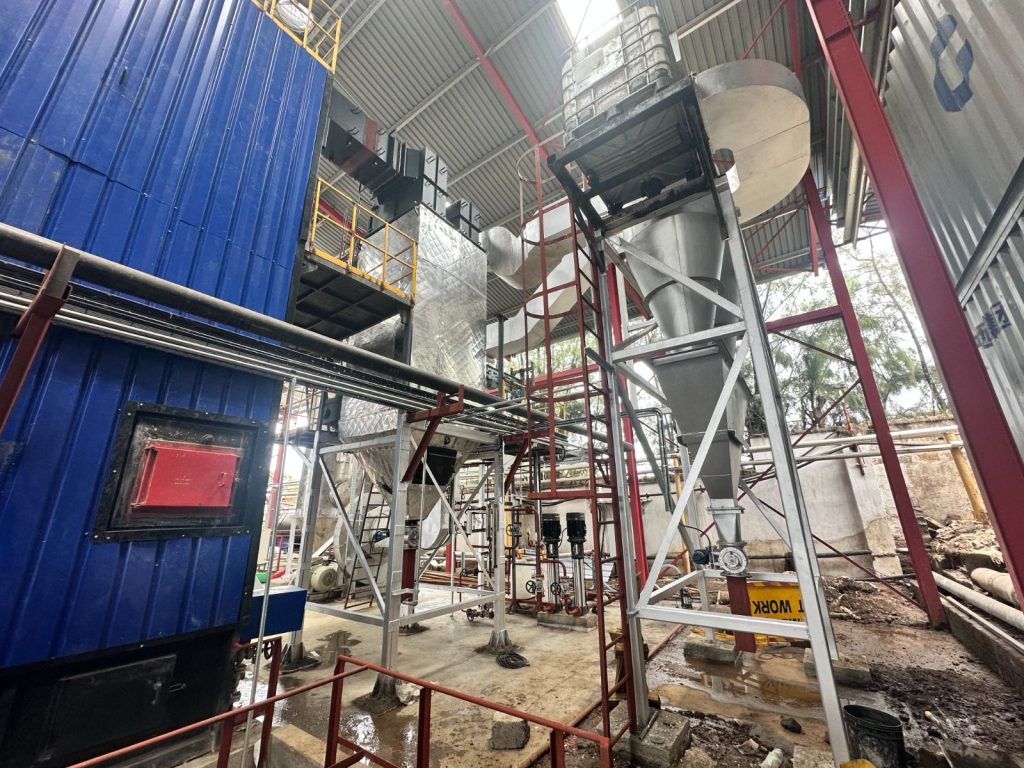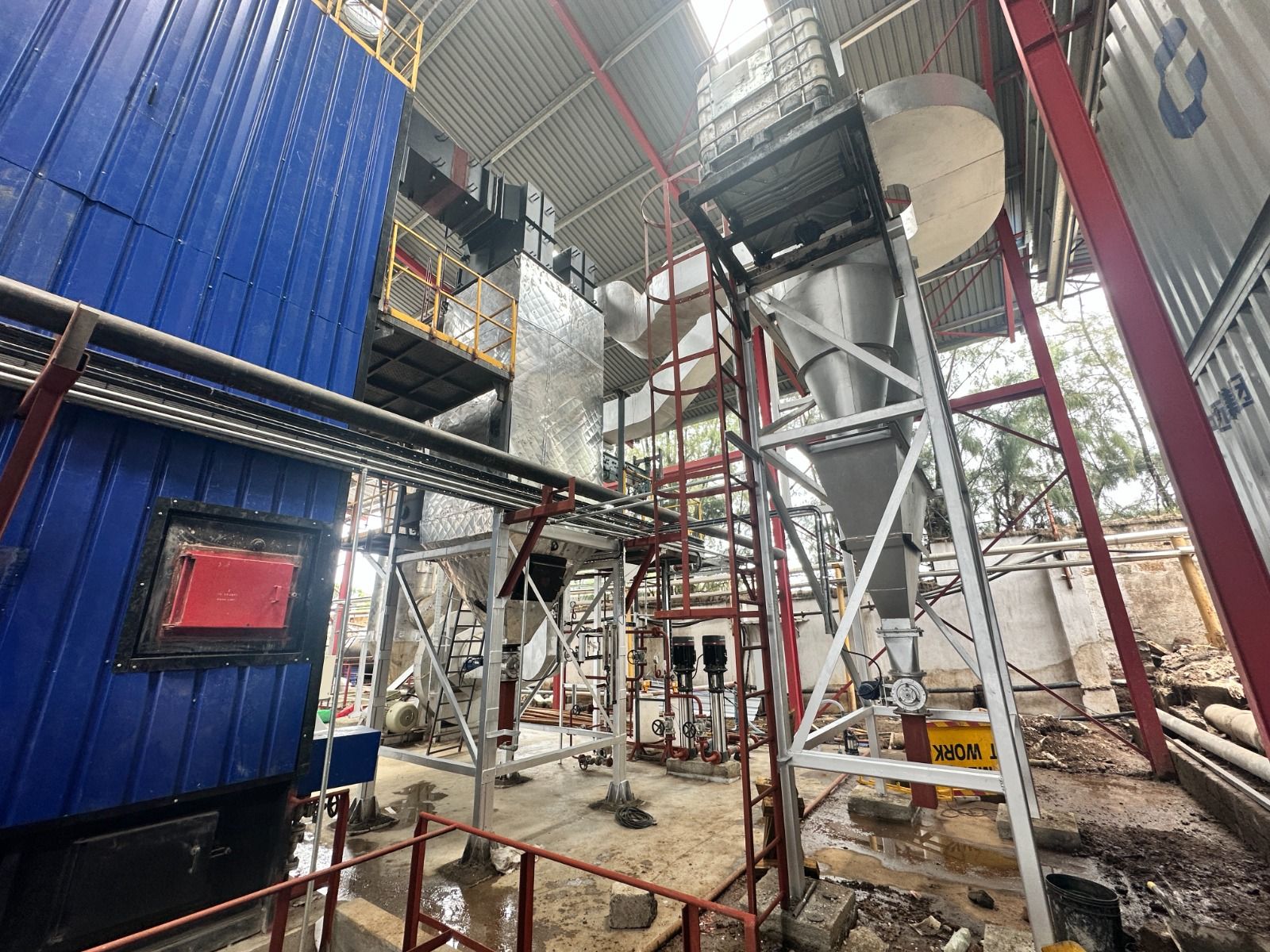In modern industry, steam is a vital utility, powering processes, driving equipment, and supporting production lines. But when efficiency drops, so do profits. That’s why engineers are constantly looking for simple, cost-effective ways to enhance steam system performance without major overhauls.
If you’re wondering how to reduce energy loss, prevent system failure, or simply get more out of your steam generation, this guide lays out the small tweaks that make a big difference.

Understanding the Basics of Steam Efficiency
Steam efficiency refers to how effectively a system converts water into steam, delivers it to the point of use, and then recovers energy through condensate return. An inefficient system wastes fuel, leaks pressure, and can even damage expensive components.
In industries like food processing, pharmaceuticals, textiles, or chemicals, inefficient steam systems quietly drain resources. But here’s the good news: fixing them isn’t rocket science. Engineers regularly boost performance using methods that are often overlooked.
1. Fixing Steam Traps First
One of the simplest fixes engineers rely on is regularly testing and repairing faulty steam traps.
Steam traps are designed to remove condensate without losing steam. But over time, they fail. A failed open trap vents live steam constantly, wasting energy. A closed one causes water hammer and poor heat transfer.
Routine inspections and replacing faulty traps can improve efficiency by 10% or more. Some engineers now use automated monitoring systems to detect trap failure instantly.
2. Insulating Pipes and Valves
Heat loss through uninsulated pipes is one of the most common efficiency killers. Engineers often discover entire sections of bare piping in plants, especially near valves and flanges.
Adding high-temperature insulation to piping, valves, and fittings helps retain steam temperature, reducing boiler workload. In fact, proper insulation can cut heat loss by up to 90%.
It’s a one-time cost with long-term savings.
3. Maintaining Correct Steam Pressure
Running your system at unnecessarily high pressure doesn’t increase performance, it increases losses. More pressure means higher fuel demand and greater wear on components.
Engineers often adjust pressure levels to the minimum required for each process. This reduces flash losses, improves control, and lowers risk of leaks.
4. Recovering Condensate
Condensate is hot, treated water, wasting it is like throwing away money.
Reusing condensate in the boiler feedwater reduces fuel consumption because less energy is needed to reheat it. It also lowers chemical usage and water bills.
Simple tweaks like improved condensate return lines, pumps, or steam flash recovery systems are common engineer-led upgrades that pay off quickly.
5. Installing Air Vents and Vacuum Breakers
Air and non-condensable gases can accumulate in steam systems, especially in heat exchangers. They reduce heat transfer and cause uneven temperatures.
Engineers solve this with well-placed air vents and vacuum breakers. These devices keep air out and ensure consistent steam quality across the network.
6. Tuning the Boiler Combustion System
Boiler efficiency depends heavily on how well fuel and air are mixed. Engineers often perform combustion analysis to adjust burner settings for optimal performance.
Simple recalibration can improve fuel-to-steam conversion by 2–5%, translating to significant savings over time.
7. Water Treatment: The Hidden Hero
Behind every efficient steam system is a well-treated boiler feedwater supply. Without proper treatment, scale forms inside the boiler, reducing heat transfer and increasing fuel usage.
At Spenomatic Kenya, we’ve worked with countless plants where simple water treatment upgrades extended equipment life and restored boiler efficiency.
Engineers often recommend softeners, demineralizers, or chemical treatment to prevent corrosion and scaling. It’s not just about protecting the boiler; it’s about maximizing energy output with minimal input.
8. Automating Steam System Monitoring
Manual checks are important, but automation brings reliability. Pressure sensors, flow meters, and remote diagnostics allow engineers to track performance in real time.
By flagging anomalies early, teams can prevent breakdowns and minimize downtime.
9. Managing Steam Load Fluctuations
Sudden changes in demand can stress the system. Engineers optimize the load profile by using pressure-reducing valves, steam accumulators, or staged control systems.
This not only enhances performance but also extends component life.
10. Training Plant Staff
Often overlooked, but crucial, engineers make sure operators are trained to spot early warning signs like water hammer, pressure drops, or condensate pooling.
A well-informed team ensures your steam system runs efficiently every day.
How We Support Better Steam Efficiency at Spenomatic Kenya
At Spenomatic Kenya, we’ve seen firsthand how small fixes bring big results. We help businesses implement water treatment programs, automate their steam systems, and identify hidden inefficiencies through audits.
It’s not always about buying new equipment, it’s about using what you already have, better. That’s where engineers and our support come in.
Whether it’s extending the life of your boiler or cutting energy costs, we help industries make every drop of steam count.
Conclusion
Maximizing steam efficiency doesn’t require massive investment. With a few well-placed improvements, steam trap maintenance, insulation, water treatment, and smarter controls, engineers can dramatically reduce energy losses, improve reliability, and boost ROI.
In 2025 and beyond, these simple fixes will continue to be the foundation of industrial steam system performance. Now’s the time to put them into action.
FAQs
- How often should steam traps be inspected?
Most engineers recommend testing steam traps every 6–12 months. Automated monitoring systems can offer real-time insights. - Why is condensate recovery important?
Recovered condensate saves fuel, water, and treatment chemicals, leading to lower operating costs and improved efficiency. - Can water treatment really improve steam efficiency?
Yes. Proper water treatment prevents scale buildup, which otherwise reduces heat transfer and increases fuel consumption. - What are the signs of steam inefficiency?
Common signs include water hammer, pressure drops, high fuel bills, and uneven heating across the system. - Is it expensive to upgrade a steam system?
Not necessarily. Many improvements, like insulation or trap maintenance, are low-cost with high returns on investment.

